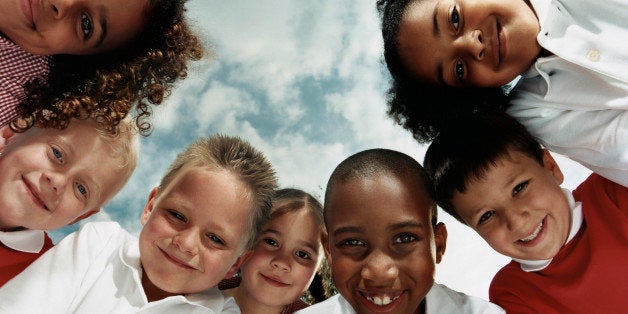
As a parent of school aged children, you know that the school's job is to meet the needs of all students. It seems pretty simple right? While in school, all students should be kept safe while receiving a quality education & learning social skills.
You would think that meeting the needs of biracial (or minority children) would be the same as white children right?
WRONG
Many educators think that having a friend of a different race bans them from having discriminatory or racist bones in their bodies. That my friends is not enough, and does not shield you from your own personal biases. Here is a helpful guide for meeting the needs of biracial children in your school:
- Embrace differences. As educators, we are in the unique position to break the chains of discrimination within the boundaries of our classrooms. We can work with our parents, community members and administrators to bring diversity to our schools on a regular basis (morning/afternoon announcements, holiday parties, programs, faculty meetings, seasonal events, PTA/PTO meetings, yearbook planning, etc)
As a school counselor and a parent of biracial children, doing these things helps me to be sensitive to the needs of my students and families.
This article was originally posted on Are Those Your Kids?
Follow Diedre Anthony on Twitter: www.twitter.com/rthoseyourkids